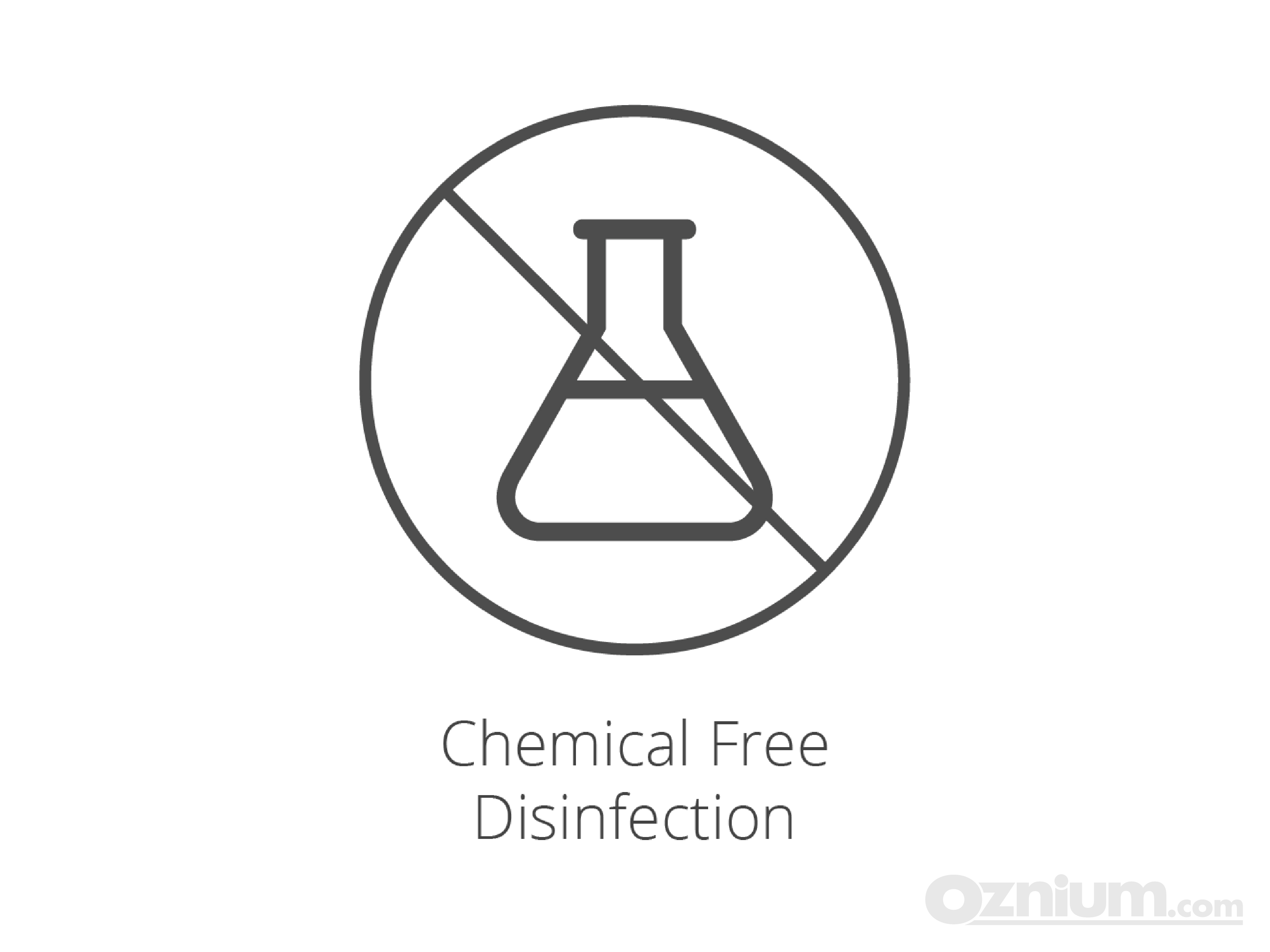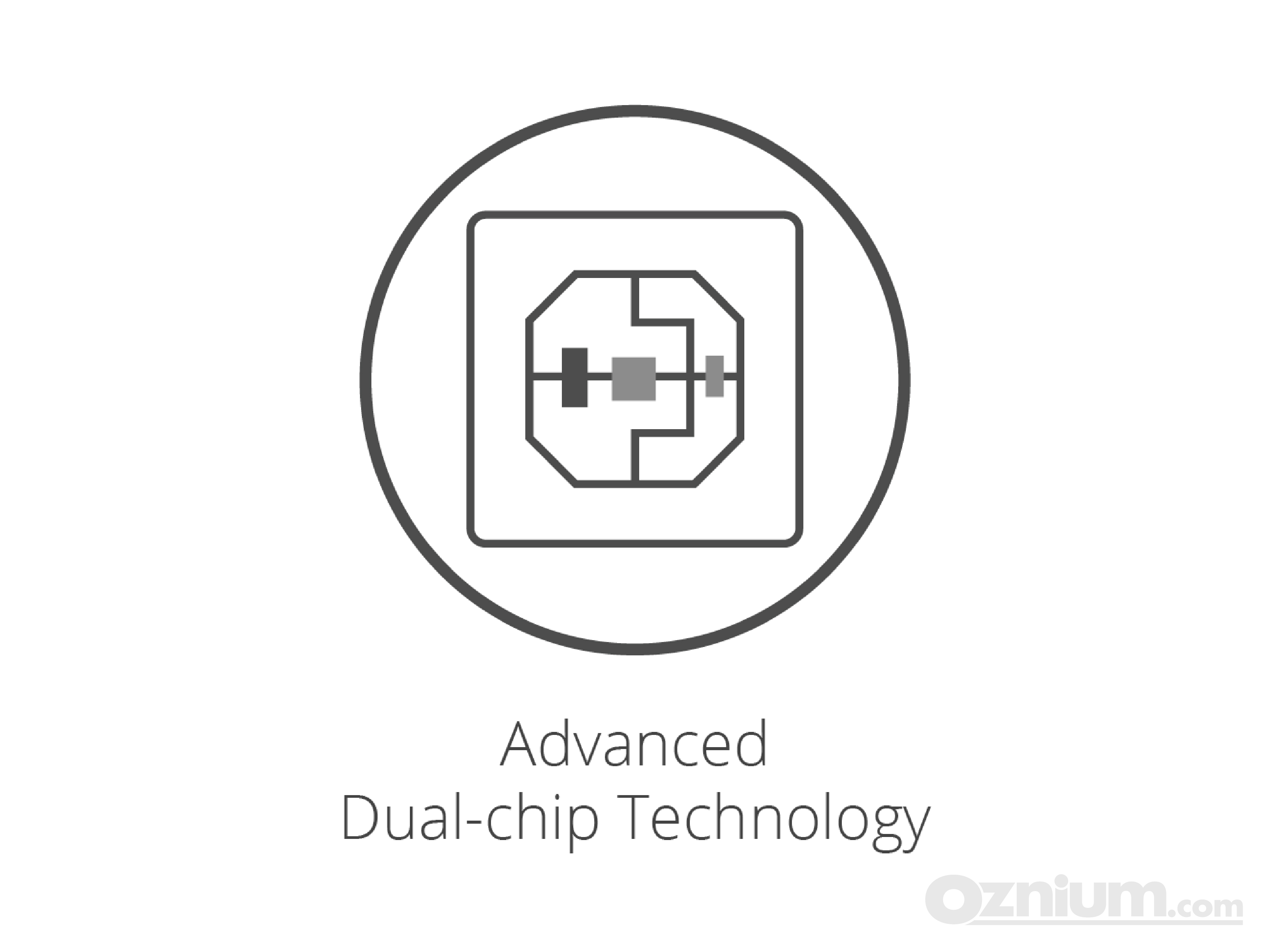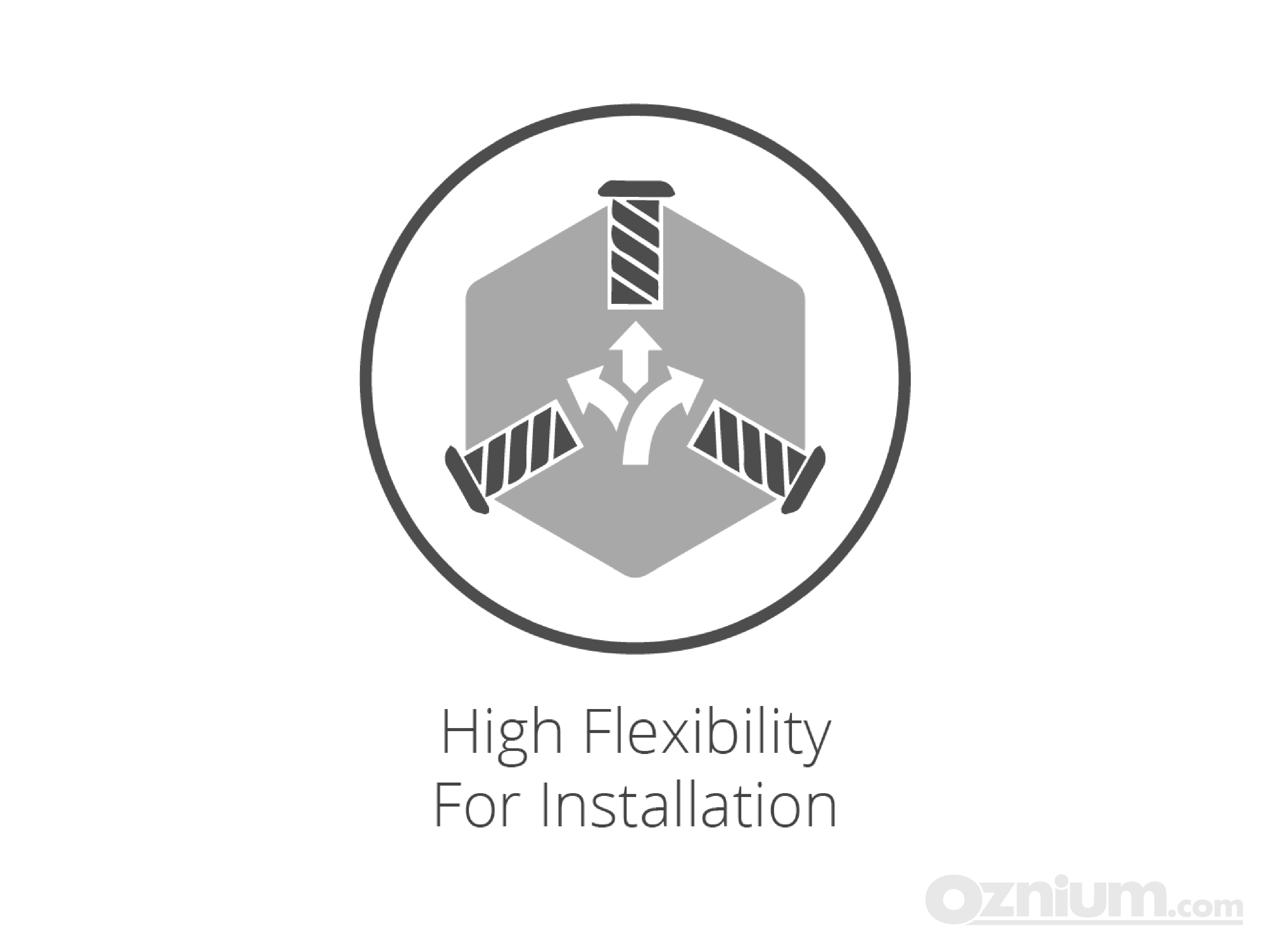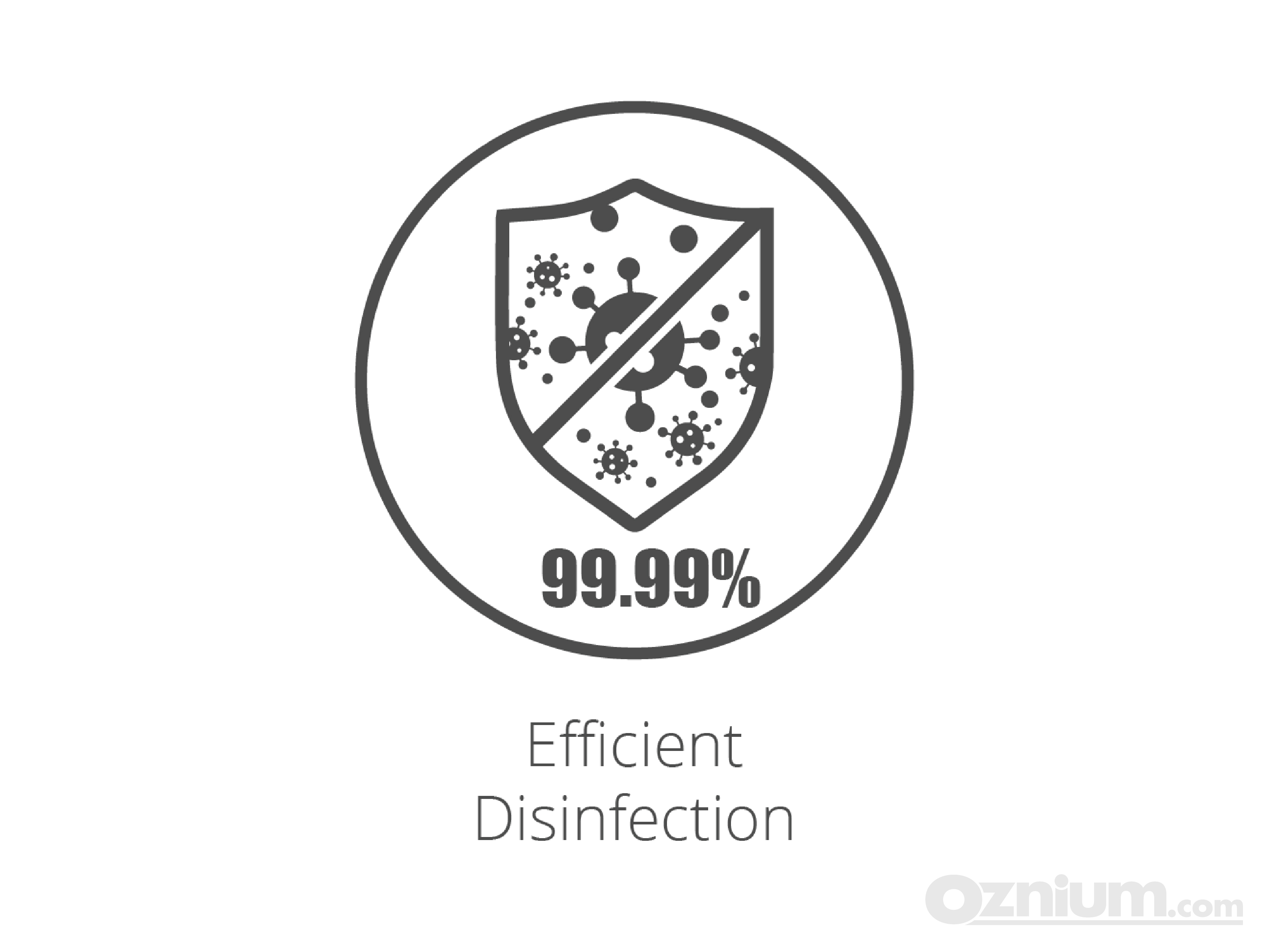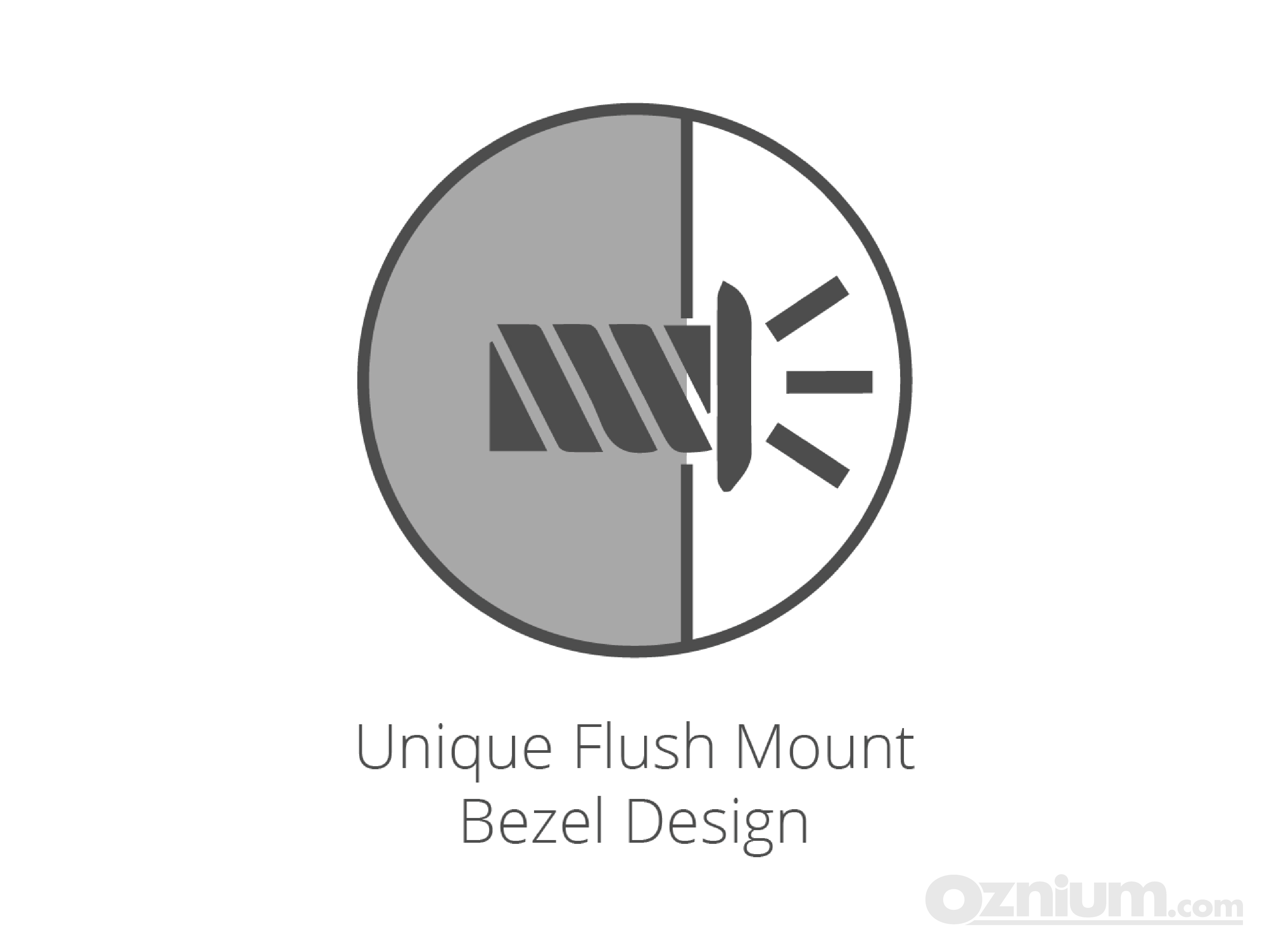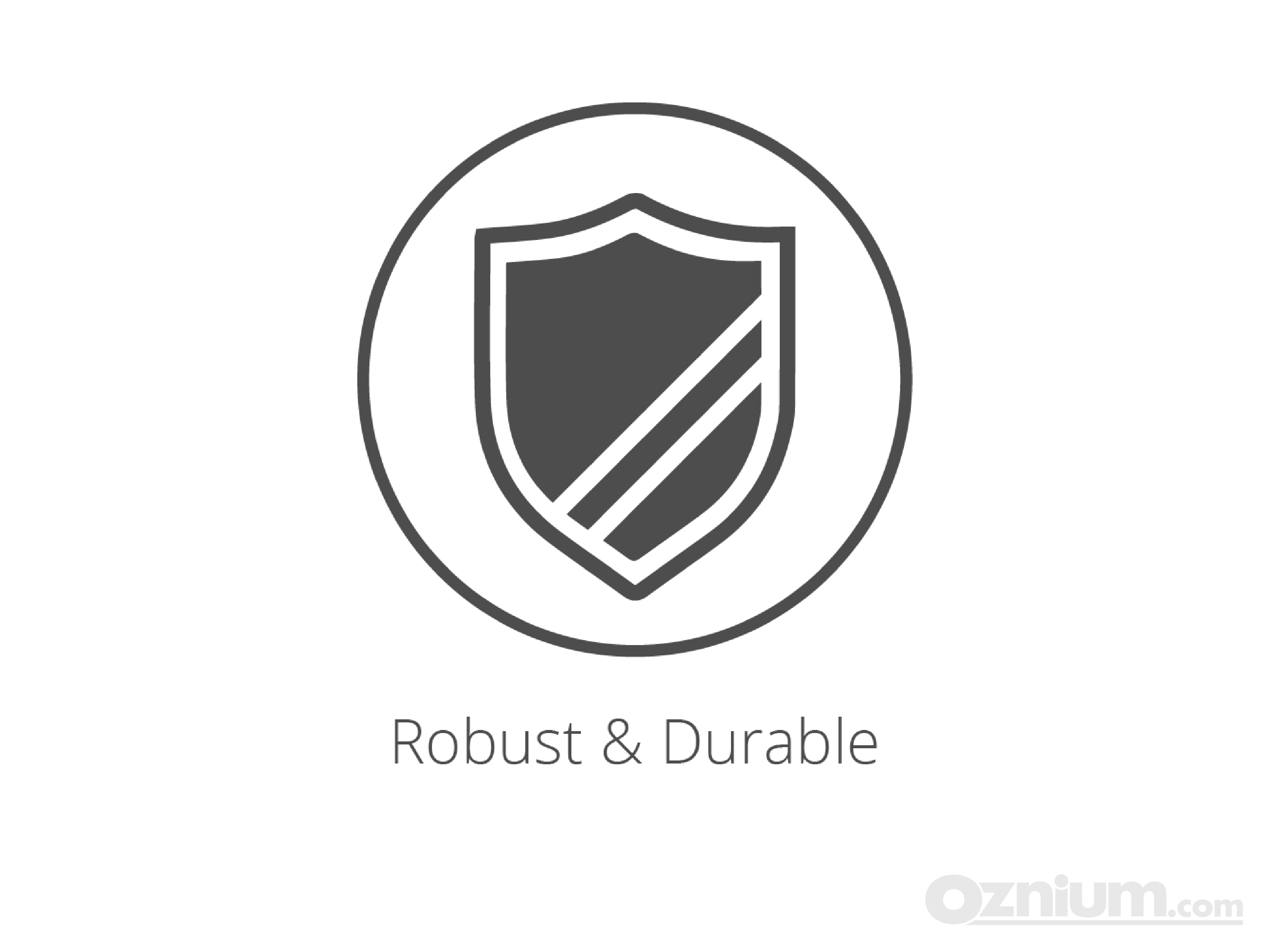UV-C Sterilization LED Bolt
The Flush Mount Style 270-280nm UV-C LED Sterilizer
Flush Mount UV-C LED Sterilizer |12-24VDC|Oznium|
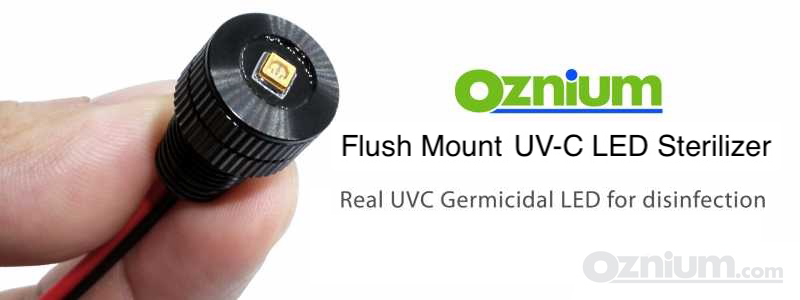
UV-C LED Sterilizer
Flush Mount Style 270-280nm UV-C LED Sterilizer, eliminating up to 99.99% of germs and bacteria without chemicals, alcohol, odor, ozone, or flammability. Thess compact germicidal UV-C LED sterilizers are easily concealed within your vehicle, making them ideal for sanitizing the interior, trunk, footwells, glove box, or any other small area requiring disinfection.
How Does UV-C LED Disinfection Work?
UV-C light effectively kills germs by damaging their DNA. The UV-C photons penetrate the cells of microorganisms and disrupt their nucleic acids, preventing them from reproducing and rendering them inactive. This natural process also occurs with sunlight, which emits UV rays that have a similar disinfecting effect.
Differences Between UV-A, UV-B & UV-C
The ultraviolet (UV) region of the electromagnetic spectrum spans wavelengths from 100 to 400 nanometers (nm) and is categorized into three bands:
- UV-A (315-400 nm)
- UV-B (280-315 nm)
- UV-C (100-280 nm)
UV-A products are currently used in various industrial applications, including nail curing, counterfeit detection, and photocatalytic purification. UV-B and UV-C, which have higher energy levels, are employed for more specialized purposes. UV-B is primarily utilized in phototherapy, while UV-C is predominantly used for sterilization.
UV-A and UV-C Dual Chips In One LED Bolt
Combining UV-A and UV-C in a LED sterilizer prioritizes user safety. UV-C light, while highly effective for sterilization, is invisible to the human eye and poses risks to skin and eyes upon direct exposure. The added UV-A blacklight provides a crucial visual indicator. Its visible glow confirms when the sterilizer is active and clearly illuminates the sterilization area, preventing accidental exposure to the invisible, yet potentially harmful, UV-C light.
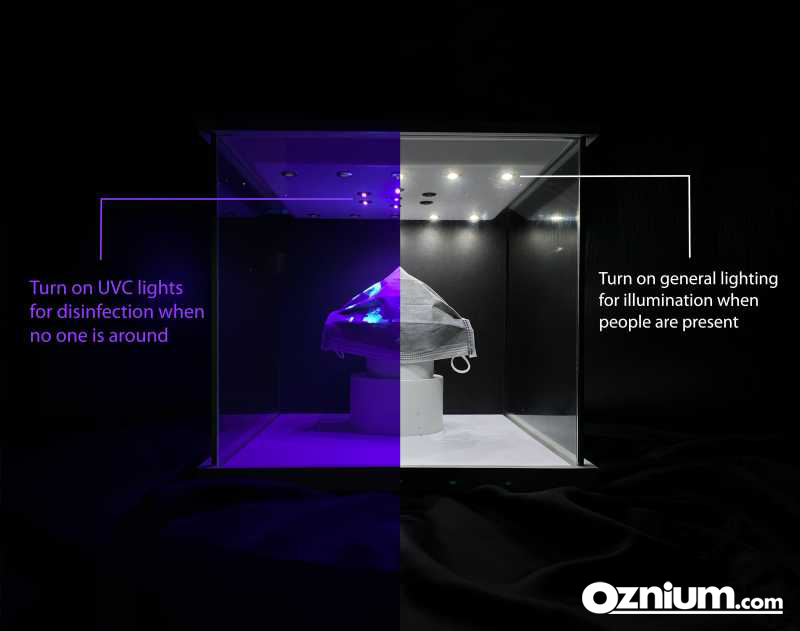
Our UV-C LED Sterilizer can be integrated into systems that turn on only when no one is present with Motion Sensor Switch and Switchback Driver. This would provide a low-cost, chemical-free and convenient way to sanitize any area you need.
The Real UV-C LED
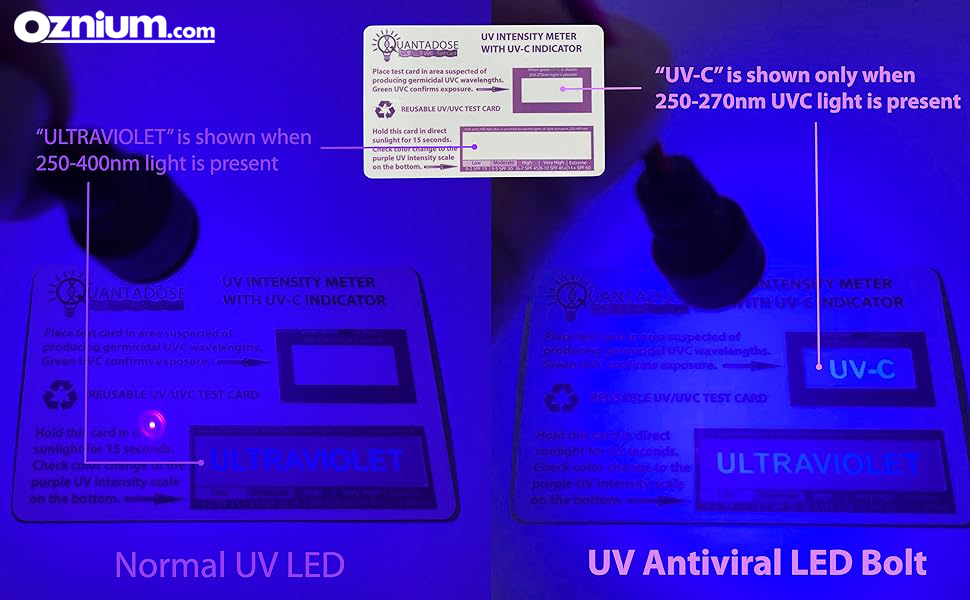
Many low-cost UV-C bulbs sold online are advertised as germicidal, but are actually UV-A blacklights that do not disinfect. Every Oznium UV-C LED sterilizer uses genuine UV-C chips and has been rigorously tested and verified for effectiveness.
Related Accessories
Switchback LED Driver
Perfect for Switching LED ColorsOn Off LED Toggle Switch
The toggle style LED switches12V Delay Timer Relay
12V timer delayDrill Bit
Buy them conveniently from us in various sizes to match the diameter of your LED Bolts: 6mm, 11mm, and 16mm.Rubber O-Ring
For a water-tight seal around the bolt bezel and your panel.Replacement Nuts
Need more nuts? You can buy extras.Mounting Bracket for Flush Mount LED Bolt
Elevate Your Lighting Installation with Oznium's New Flush Mount LED Bolt BracketDC Barrel Jack Adapter
These adapters allow you to convert your plug / jack / wires to each other.Wire Splice Connector
A quick and easy way to splice LED wires together for your lighting project.2 Core Marine Cable
Used for connecting LED strips or pretty much any other LED product, and extending wires.UV Antiviral LED Bolt Technical Info
| Operating Voltage Range | 12-24 VDC |
| IP Rating | IP67 (Not recommended to use underwater) |
| Polarity Sensitive | Yes |
| Dimmable | No |
| Operating Temperature | Below 113F / 45C |
| Wire Gauge | 22AWG |
| Wire Length | 3.3 feet / 1 meter |
| Housing Material | Aluminum |
| Beam Angle | 120 degree |
| Thread Size | M11 x 1 (Metric) |
| Thread Angle | 60 degree |
| Drill Hole Sizes | Mounted by nuts: 11mm (7/16")
Snap fit by spring: 12mm (1/2") |
| Weight | 0.67 ounces / 19 gram |
| Documents | Download Dimensional Drawing PDF |
| Part No | Diameter | Wattage | Housing | LED Color | CCT(K) / Wavelength(nm) | Current @12VDC (mA) |
|---|---|---|---|---|---|---|
| 4424 | 11mm | 0.36W | Aluminum | UV-C | UVA 395-400nm UVC 270-280nm | 30 |
Frequently Asked Questions

The disinfection time is related to the number of Mini UV-C LEDs you installed and the distance between the LED and the object. You can use the disinfection time calculator below to determine the best combinations.
No of LED:
Distance (cm):
Min Duration:
0 mins
Diameter:
0 cm
Area:
0 cm2
Radiant:
0 mW/cm2 (0%)
Ultraviolet (UV) light is a component of the electromagnetic spectrum that falls in the region between visible light and X-Rays. This invisible radiation includes the wavelength range of 100 nm to 400 nm. UV light can be further subdivided and categorized into four separate regions:
● UV-A – for printing, curing, lithography, sensing and medical applications (315-400 nm)
● UV-B – for curing, tanning and medical applications (280-315 nm)
● UV-C – for disinfection and sensing (100-280 nm)
Most natural UV light is generated by the sun with about ten percent of sunlight being UV and only about three to four percent penetrating the atmosphere to reach the ground. Of the UV radiation that reaches the earth, 95 percent is UVA and five percent is UVB. No measurable UVC from the sun reaches the earth’s surface. Because of the spectral sensitivity of DNA, only the UVC region demonstrates significant germicidal properties.
● UV-A – for printing, curing, lithography, sensing and medical applications (315-400 nm)
● UV-B – for curing, tanning and medical applications (280-315 nm)
● UV-C – for disinfection and sensing (100-280 nm)
Most natural UV light is generated by the sun with about ten percent of sunlight being UV and only about three to four percent penetrating the atmosphere to reach the ground. Of the UV radiation that reaches the earth, 95 percent is UVA and five percent is UVB. No measurable UVC from the sun reaches the earth’s surface. Because of the spectral sensitivity of DNA, only the UVC region demonstrates significant germicidal properties.
As evident by multiple research studies and reports, when biological organisms are exposed to deep UV light in the range of 200 nm to 300 nm it is absorbed by DNA, RNA, and proteins.
Absorption by proteins can lead to rupture of cell walls and death of the organism. Absorption by DNA or RNA (specifically by thymine bases) is known to cause inactivation of the DNA or RNA double helix strands through the formation of thymine dimers. If enough of these dimers are created in DNA, the DNA replication process is disrupted, and the cell cannot replicate.
Cells that cannot replicate, cannot infect
It is widely accepted that it is not necessary to kill pathogens with UV light, but rather apply enough UV light to prevent the organism from replicating. The UV doses required to prevent replication are orders of magnitude lower than required to kill, making the cost of UV treatment to prevent infection commercially viable.
Absorption by proteins can lead to rupture of cell walls and death of the organism. Absorption by DNA or RNA (specifically by thymine bases) is known to cause inactivation of the DNA or RNA double helix strands through the formation of thymine dimers. If enough of these dimers are created in DNA, the DNA replication process is disrupted, and the cell cannot replicate.
Cells that cannot replicate, cannot infect
It is widely accepted that it is not necessary to kill pathogens with UV light, but rather apply enough UV light to prevent the organism from replicating. The UV doses required to prevent replication are orders of magnitude lower than required to kill, making the cost of UV treatment to prevent infection commercially viable.
Although the UV Antiviral LED bolt itself is fully waterproof, we DO NOT recommend to use it underwater becuase the UV light will lose energy as it passes through water. It will significantly reduce the disinfection power.
Normal glass (as used in windows) is transparent to UV radiation to a wavelength of about 330 nm (UV-A). The transparency is quite high so almost all UV-A light will pass through glass. Below 330 nm (UV-B and UV-C), almost 100% is blocked by normal glass.

